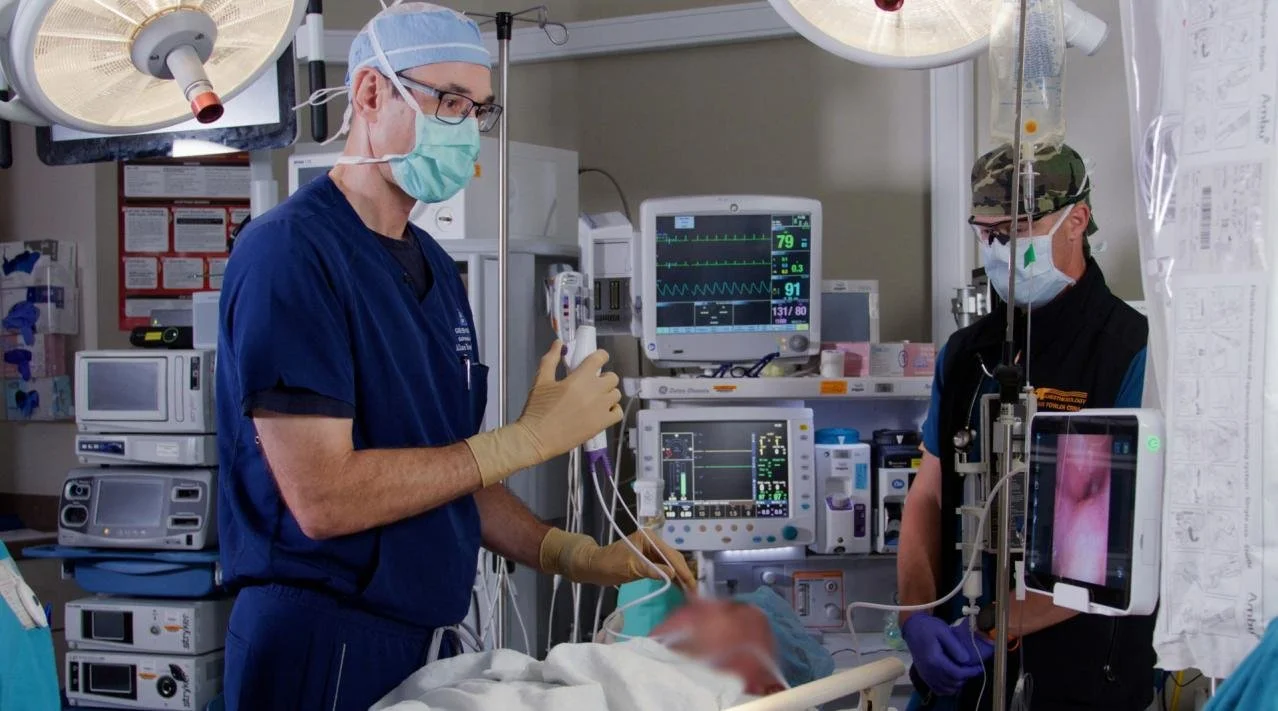
Snoring Management
Snoring Management
Snoring occurs due to vibrations of relaxed throat tissues during sleep, often worsened by obstructed airflow. While occasional snoring is normal, chronic snoring may indicate obstructive sleep apnea (OSA) or other health risks.
Polysomnography (PSG)
This is an overnight diagnostic test that monitors sleep stages, breathing, movements, and vital signs to diagnose sleep disorders, including -
Obstructive Sleep Apnea (OSA)
Narcolepsy
Periodic Limb Movement Disorder (PLMD)
REM Sleep Behavior Disorder (RBD)
Drug-Induced Sleep Endoscopy (DISE)
This is a diagnostic procedure used to dynamically evaluate upper airway obstruction in patients with sleep-disordered breathing (e.g., obstructive sleep apnea/OSA or snoring) while they are in a medically induced sleep state.
OSA Surgery
Surgery for OSA is considered when:
CPAP intolerance (cannot tolerate continuous positive airway pressure).
Anatomical obstructions (e.g., enlarged tonsils, deviated septum, retrognathia).
Mild-to-severe OSA where other therapies fail.
These include -
Uvulopalatopharyngoplasty (UPPP)
Genioglossus Advancement (GA)
Hyoid Suspension
Tongue Base Reduction


